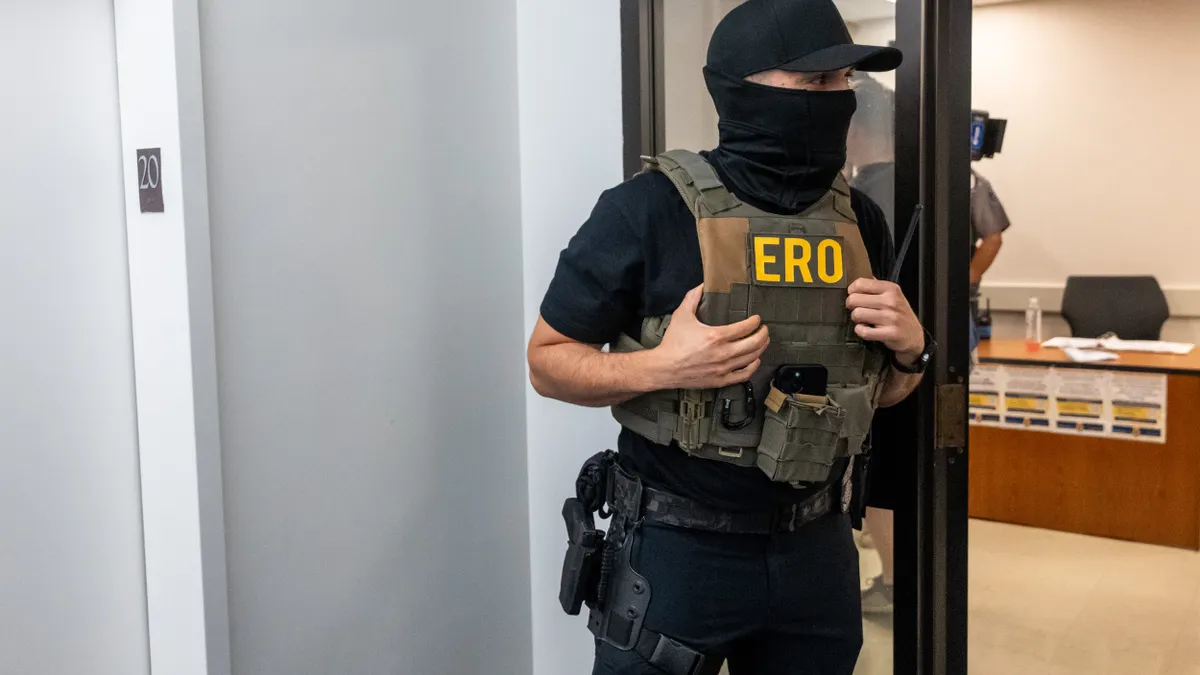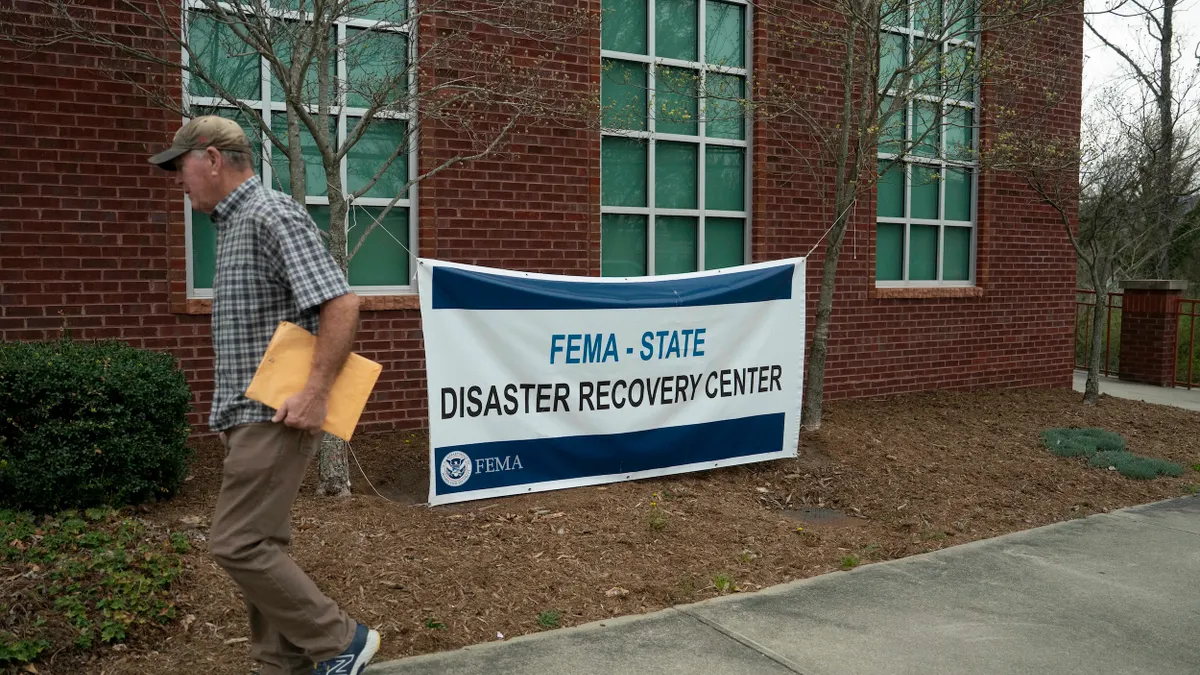As the Trump administration ramps up federal immigration enforcement, some city councils are finding themselves caught between conflicting laws: state sanctuary policies that prohibit cooperation with U.S. Immigration and Customs Enforcement and federal mandates that could bring punishments for noncompliance. A movement to buck state policies and cooperate fully with federal immigration authorities is slowly gaining momentum.
From a unanimous city council vote in Huntington Beach, California, to a voter-driven mandate in Grundy County, Illinois, a number of municipalities have declared themselves “non-sanctuary cities.” Aurora, Colorado; Eagle, Idaho; and Lancaster County, Pennsylvania, are among the communities that have approved resolutions to cooperate with ICE agents and, in some cases, prohibit local taxpayer dollars from being used to help undocumented people.
Huntington Beach city council member Butch Twining said the rationale behind the initiative his city council passed in January declaring Huntington Beach “a non-sanctuary city for illegal immigration for the prevention of crime” is simple: “Nobody’s above the law.”
“Do I have compassion? Of course, I do,” Twining said. “I don’t like to see these massive sweeps at Home Depots or places where illegals congregate to go to work. But the fact of the matter is, I always have to go back to the principle that nobody is above the rule of law. Cities must uphold the rule of law — including federal immigration laws.”
Twining expressed concern about legal entanglements, noting that “several sanctuary cities have gotten themselves caught up in major lawsuits with the federal government.”
“We can nary afford that here in Huntington Beach,” he said. “So, we are going to cooperate with the federal government. We’re not going to get sideways with them.”
That willingness to cooperate with federal authorities firmly pits Huntington Beach against state policy, however. The resolution directly challenges the California Values Act, which limits state and local law enforcement’s cooperation with federal immigration enforcement. In March, Huntington Beach filed a lawsuit seeking to overturn that law.
Twining said Huntington Beach, where 94% of residents are U.S. citizens, doesn’t want to be part of “Sacramento mandates that undermine our public safety.”
“I think our citizens deserve a community where our law enforcement can act against individuals who break the law regardless of immigration status,” he added.
“Largely symbolic”
In 2023, Grundy County was the first of more than a dozen Illinois cities and counties that passed non-sanctuary laws or resolutions, just as Texas Gov. Greg Abbott began sending busloads of immigrants to Illinois, said Drew Muffler, chairman of the Grundy County Board. Bus drivers were dropping off busloads of migrants bound for Chicago — a sanctuary city — in neighboring suburbs, Muffler said, and the commissioners wanted to “prevent that from happening here.”
The Grundy County Board unanimously passed the “non-sanctuary” resolution three years after 64% of voters said yes to a 2020 non-binding referendum asking if the county’s law enforcement should work with ICE, Muffler said.
“It’s not like bigotry or anything like that,” Muffler said. “The fact of the matter is that we’re 50,000 people in Grundy County, and we just don’t have the resources” to provide immigrant services.
Grundy County’s declaration, which the board renews monthly, puts it in the crosshairs of Illinois’ Trust Act, which prohibits local law enforcement from collaborating with federal immigration officials or detaining individuals based solely on immigration status. The state law means Grundy County’s non-sanctuary status is largely symbolic, Muffler said.
“We have to follow the laws as intended, but it’s just a reminder to our overlords at the state level that hey, we are not happy with the way you’re doing things,” he said.
The Trust Act puts Grundy County “between a rock and a hard place because if we go against the state too much, they could certainly make our lives hard,” Muffler said. “There’s a lot of funding that comes from the state, a lot of reimbursements that come from the state that we build our budget off of. So, we’ve got to be careful.”
Whether they reflect concerns about public safety, legal liability or political signaling, “non-sanctuary” resolutions reveal the complexity of immigration enforcement at the local level. Some communities see them as practical attempts to assert autonomy from state mandates, while others see them as token gestures. In many cases, they appear to be both.



















